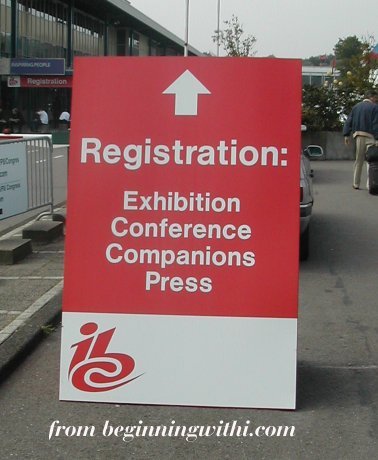We now have three digital cameras in the family (not counting cellphones). The first was a Nikon Coolpix 775, purchased in New York for $500 in early 2002. I can’t remember how many megapixels it has, but certainly its capabilities are unimpressive by today’s standards. It takes a proprietary rechargeable battery, of which I’ve bought two more as the first one won’t hold much of a charge anymore.
Two Christmases ago, Ross’ uncle Bruno got her, at her request, a Canon point-and-shoot. It ended up being a fairly expensive model, in part because I had suggested getting something that used the same Compact Flash memory as my Nikon. It takes rechargeable AA cells – much cheaper to replace when needed. It also offers more megapixels, so requires larger memory cards…
A year ago October, during the day in Varenna when I shot a lot of both video and photos, my Nikon jammed with its lens out, showing “System Error” on the screen. All the basic fiddling I could think of (battery in and out, memory card in and out, on and off in all positions…) did not solve the problem. I even opened it up and took a look, but the lens assembly was not in a position I could get to without doing damage.
A Google search revealed that this model of Nikon was particularly known for the dreaded System Error, but this problem arose over time, usually after the warranty expired, so I could not have known about it when I bought the camera. Repairs were likely to cost more than the camera was worth, especially since I had bought it in the US and would have to send it back there for repair.
I sadly put the camera away in my pile of electronic junk (SCSI cables, anyone?), thinking vaguely that I might sell it for parts on eBay.
I concentrated instead on video, very occasionally borrowing Ross’ Canon, and, when desperate, using the camera in the cellphone that Ross and Enrico got me for my birthday last year – only when desperate because the quality isn’t good, and it costs me 50 cents to send a picture from my cellphone to my email. In fact, I only ever started doing so as a result of a one-month-free offer from Vodafone, but since that gave out, I have done it very rarely.
I missed having a decent still camera, and was tempted by the ever-cheaper new models available. Especially when, this summer, my videocamera also gave out. It suddenly couldn’t record or play back a tape without a lot of horizontal lines in it. I wrote to Canon USA (I had purchased it in Las Vegas) and they said it was a known manufacturing defect that entitled me to free repair. That was the good news. The bad news was that this was only possible if I shipped it back to the US. Which set me back 60 euros for FedEx, but the rest was very kindly handled by the friends in DC with whom we’d be staying when we went in July, so I could pick up the repaired camera from them and not pay shipping again. But, until I got there, I was without a camera of any kind. I felt as if my hands had been cut off.
Ross had grown so keen on photography that I had decided that I would get her a digital SLR for her birthday, which would also allow me to borrow her point-and-shoot more often. We bought the camera (also a Canon) the day after her 17 th birthday, at New York’s famous B&H Photo, with the help of Woodstocker Amal. He spent half a day with us between the store and walking around showing Ross how to use her new treasure.
She’s been learning more and more about how to use it ever since, as can be observed on her fotolog. She’s even gotten some paying gigs, photographing parties and fashion shows at discos. Her next project, as a Christmas fundraiser for the charities supported by the nuns at her school, will be to take gag photos of kids at the school (e.g., “Your photo with Santa”) and charge them for the prints. Her class will raise money for printer ink and photographic paper, and I’m about to go help her with a spreadsheet to figure out what they need to raise and charge to make the whole project profitable.
A few days after we got the new Canon, the old Canon went on strike – jammed with its lens in the out position, just like the Nikon. I was furious – this one was just 18 months old! Another Google search turned up the information that these lens assemblies are cheaply made and prone to open crookedly and then jam. There was advice to try turning the lens gently and/or pressing on whichever side seemed to be sticking out more. I tried all of this, at some point heard a little click, and the lens slid back into its housing. It took the camera a few photographs to unscramble its brains and remember its job, and it’s been fine ever since.
A month or so later, back home in Lecco, I was clearing out junk and ran across the Nikon. Remembering my success with the Canon, I applied the same techniques. Click. Whirr. The lens, after a year, went back into place. And the camera has been working since – that’s why there are so many new photos on my site lately. It’s nice to be a photographer again.


